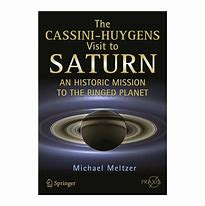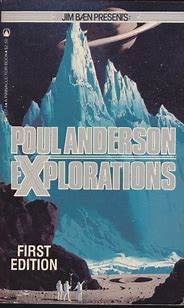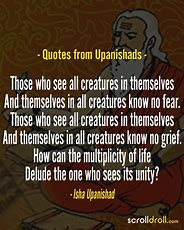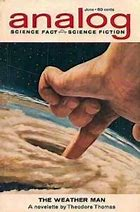Morals? Human conflict continues and remains extremely destructive even when humanity is offered extra-solar beauty and knowledge. I would say, "knowledge and beauty," but the Sigman's priorities are the reverse. Skip and Yvonne are Americans. Should their country gain the superior technology from Sigma Draconis? Would Americans be more trustworthy with it than the Chinese? It is easy to say, "Yes." Trustworthy to whom? Would the Americans use superior technology not in their own strategic, economic and military interests but purely in the widest possible interests of everyone on Earth? How many Americans will respond, "Why should they?"
In Poul Anderson's universe of discourse, important decisions are made not by states but by individuals so what will Skip and Yvonne decide to do with the spaceship that they have inherited from the Sigman?













































